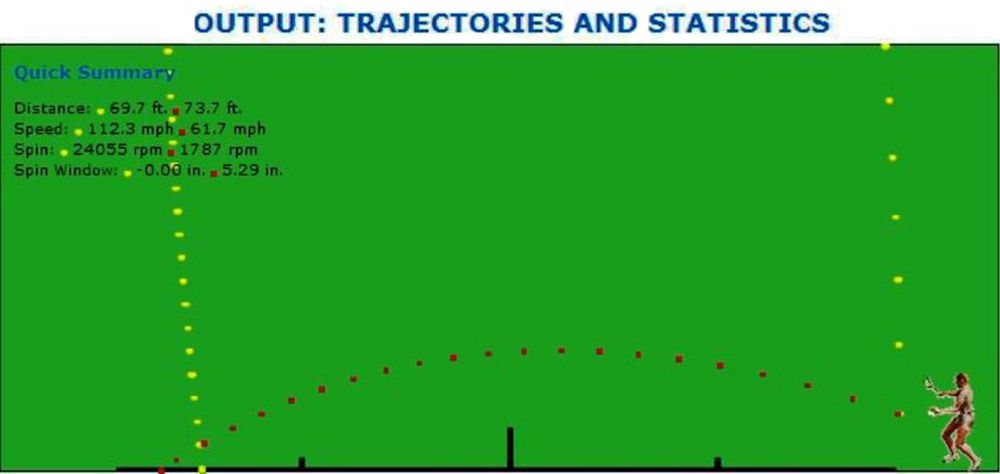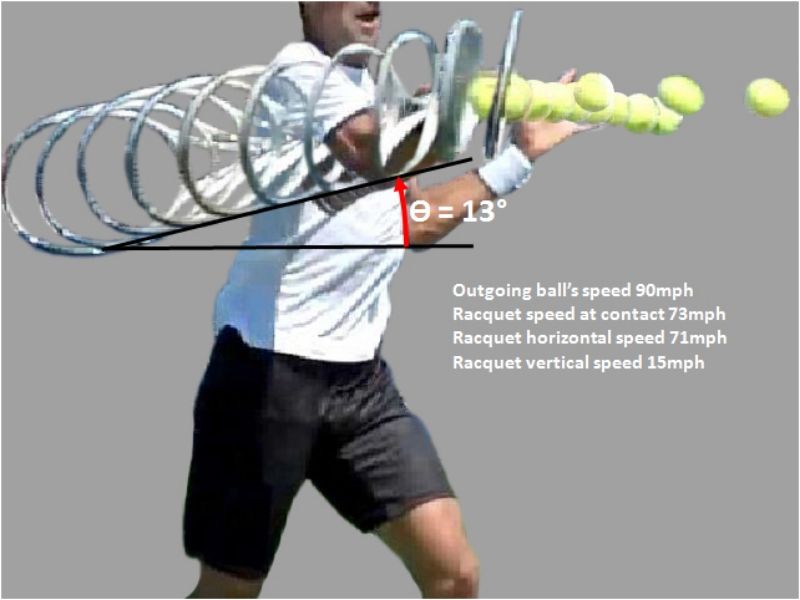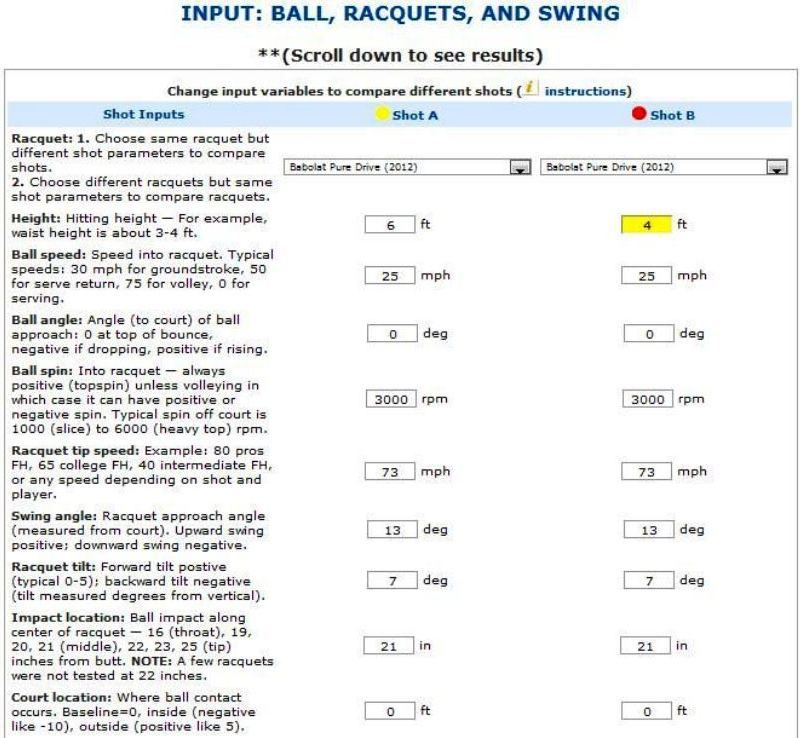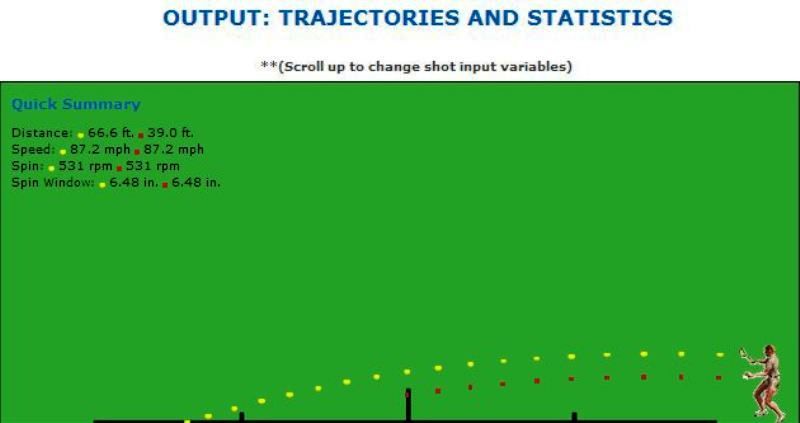TimeSpiral
Professional
Hey, fellow TT'ers!
I'm presenting a high-ish-resolution profile image of a tennis court, drawn to scale (optimized for the web, not print)! In another thread, about moonballs, I said that I would start a new thread so we could discuss shot types. Apparently there is some disagreement about "clearance over the net" so one of the primary features of this graphic is a vertical net clearance ruler.
I self-publish tennis articles, and I have a fully featured article about this tennis court graphic, along with some of the examples, and some explanation. I'd love some TT feedback (because we love each other here). But, in case you don't want to be bothered with an article, I will post a link to the full sized image (it's big) and then paste in the lower-res examples.
Full Size Profile view of a tennis court, drawn to scale:
http://i.imgur.com/hxZgsvC.jpg
Here are the lower res examples from the article:
Heavy Topspin

First Serve

Well played slice

Heavy Topspin Moonball

The full sized graphic has a ton of features that hopefully the community can put to good use.
Enjoy and discuss!
I'm presenting a high-ish-resolution profile image of a tennis court, drawn to scale (optimized for the web, not print)! In another thread, about moonballs, I said that I would start a new thread so we could discuss shot types. Apparently there is some disagreement about "clearance over the net" so one of the primary features of this graphic is a vertical net clearance ruler.
I self-publish tennis articles, and I have a fully featured article about this tennis court graphic, along with some of the examples, and some explanation. I'd love some TT feedback (because we love each other here). But, in case you don't want to be bothered with an article, I will post a link to the full sized image (it's big) and then paste in the lower-res examples.
Full Size Profile view of a tennis court, drawn to scale:
http://i.imgur.com/hxZgsvC.jpg
Here are the lower res examples from the article:
Heavy Topspin

First Serve

Well played slice

Heavy Topspin Moonball

The full sized graphic has a ton of features that hopefully the community can put to good use.
Enjoy and discuss!
Last edited:







